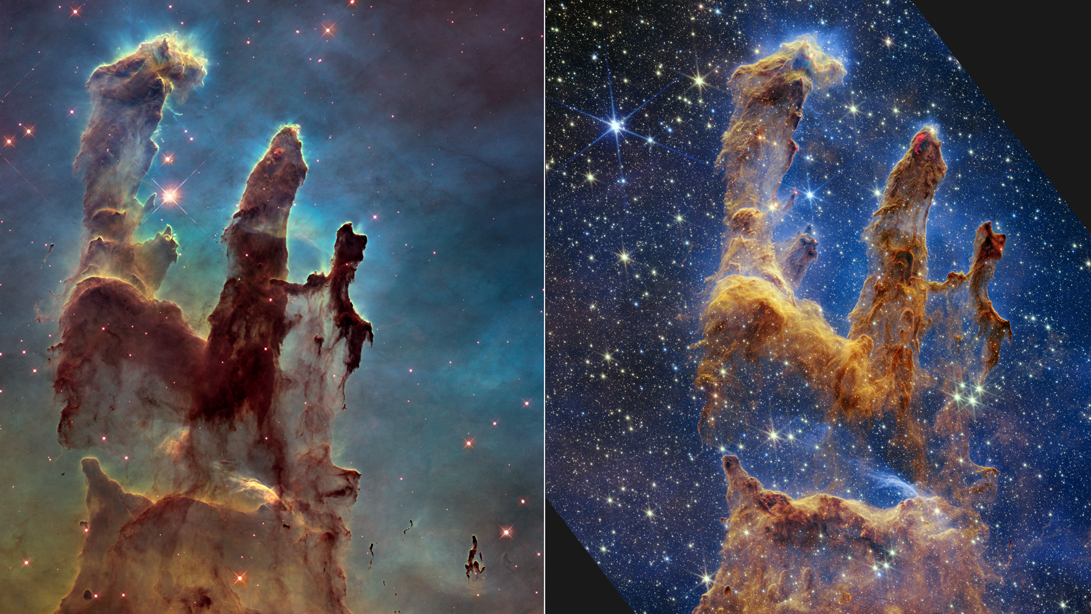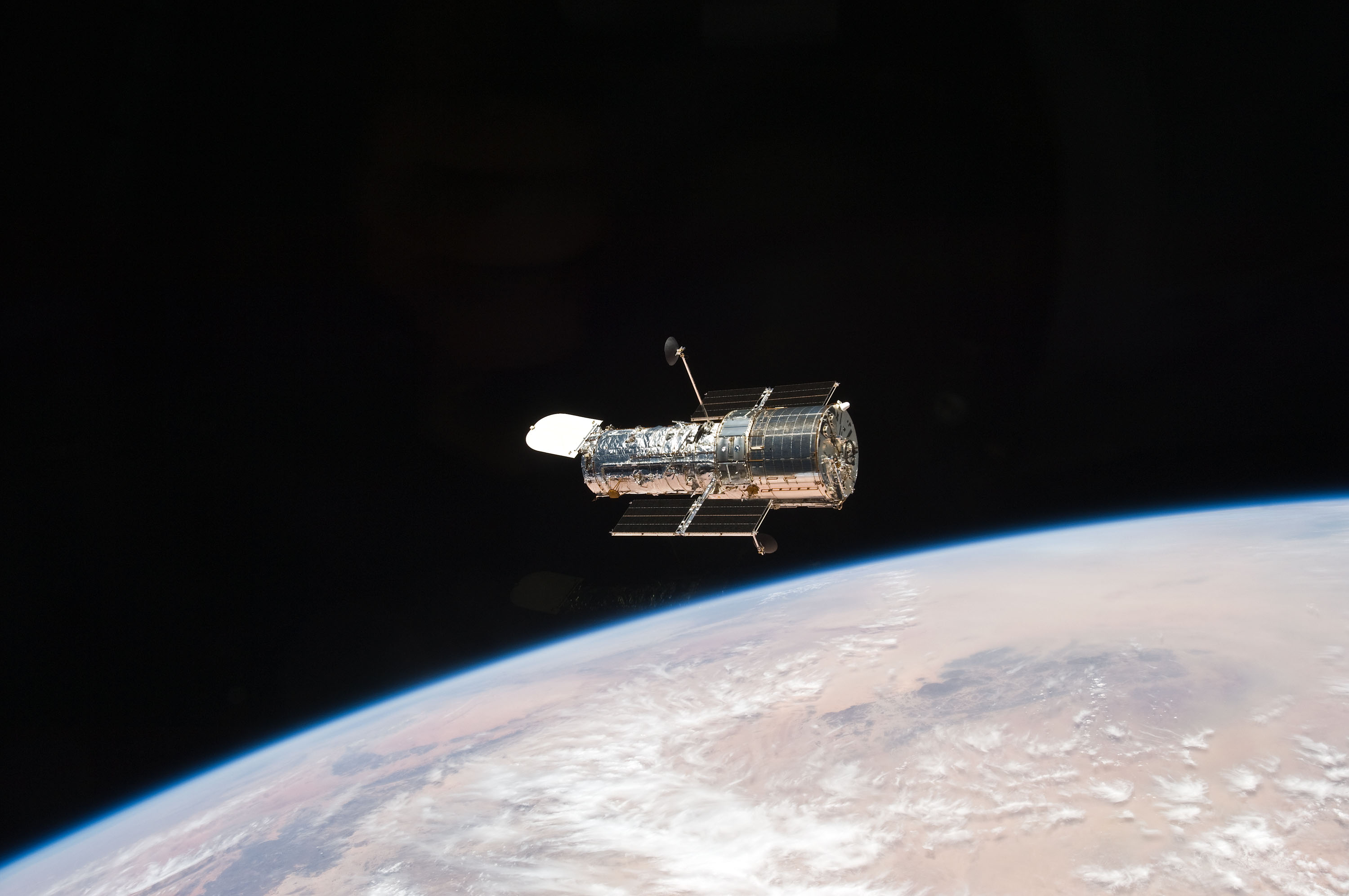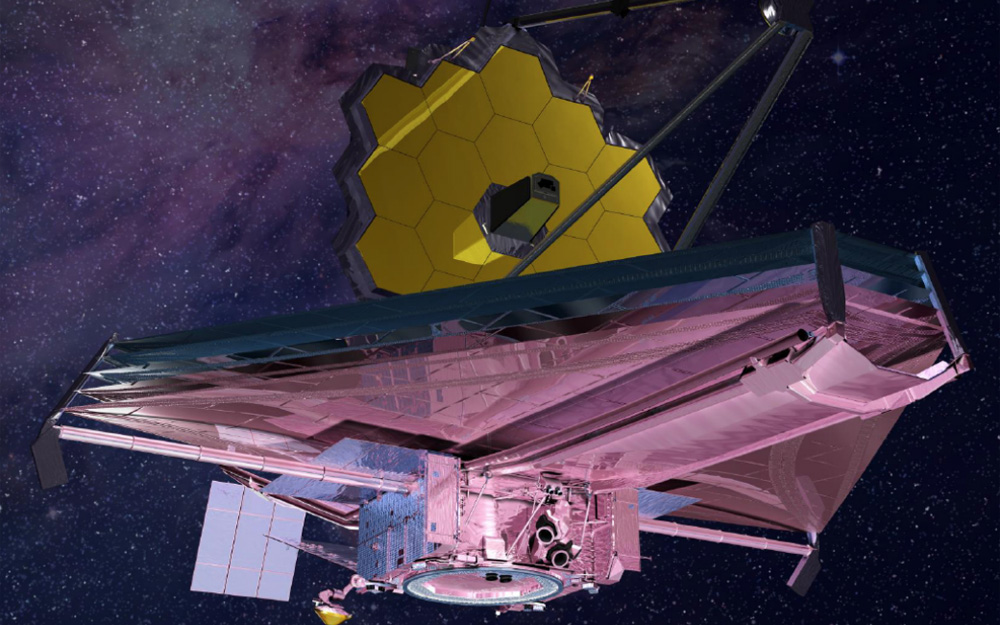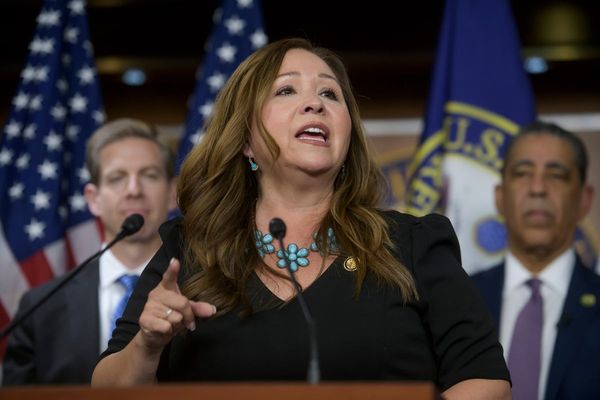
ANCHORAGE, Alaska — The Trump administration has been disrupting the infrastructure of U.S. science over the last few months, its latest blow being a 2026 budget proposal that would cut NASA's science funding in about half. If passed by Congress, this budget would be devastating, scientists say. It would cancel a number of in-development and currently operational missions, lead to significant layoffs and force the shutdown of some astronomy facilities.
"It basically slashes science just about everywhere," Neill Reid, the multi-mission project scientist at the Space Telescope Science Institute (STScI) in Baltimore, said during the 246th meeting of the American Astronomical Society (AAS) here last month. "NASA science is cut by a factor of two; astrophysics is cut by two-thirds."
This situation therefore begs the question: How might Trump's proposed reductions in U.S. science funding domino down to two of the most high-profile astronomy instruments we have, the Hubble Space Telescope (HST) and James Webb Space Telescope (JWST)?
The short (and glass-half-full) answer is that Trump's fiscal year 2026 budget request doesn't outright cancel the JWST or the HST. The reductions suggested for these instruments are also rather modest relative to those suggested for other projects (not to mention the missions that'd be deleted from the roster altogether, like the Jupiter-orbiting Juno spacecraft).
Still, the JWST's funding would go down from the $187 million it was allocated in 2024 to $140 million for 2026 if the budget gets passed. Hubble's funding would go down from the $93.3 million it had in 2024 to $85 million in 2026. And both of these proposed reductions would certainly affect these cosmic imagers.
Less money, fewer stars
To start with the JWST, Reid says a 25% to 35% reduction in operations could be in store for the $10 billion telescope that lives about a million miles away from Earth.
"The operations costs for JWST were set back in 2011; there was a certain amount of optimism that went into some of those," he said. "There's also been inflation; then you have the [President's budget request] that comes in and cuts more."
A slide in Reid's presentation also stated that "inflation and NASA budget issues are [a] significant risk to JWST support starting Oct 2025." That general support would be needed now more than ever, he explained, seeing as how demand for the JWST has only continued to increase ever since it began observing the cosmos in mid-2022.
With regard to Hubble, Reid pointed out that the telescope's budget has remained "flat" for the past 10 years, which means the team has lost about 30% spending power on the spacecraft already due to inflation: "Essentially, we're now at the point where if you cut the budget further, which is what is proposed here, you end up being able to do less."

To be fair, discussions regarding Hubble funding precede the Trump administration's proposed budget cuts — last year, for instance, an independent panel of experts convened to review what the future of Hubble budgets will look like as the telescope faced a possible 10% cut to its budget under the Biden administration. The Hubble Space Telescope's orbit is also naturally getting lower and lower as the years go by; NASA isn't quite sure yet whether a boosting mission is worth the technology, time and effort (though it's not 100% out of the question).
"The main takeaway for Hubble is that she's in great health," Reid said. "There's a high probability of producing great astrophysics into the early 2030s. The orbit is decaying — we know that — but the median estimate of the entry point [into Earth's atmosphere] is September of 2033."
With Trump's proposed Hubble cut, Reid said some of the telescope's instruments would remain "unsupported" in Earth orbit even if they're able to stay online. He said there's work being done at the moment in a sort of "close-out" to make sure Hubble can have as much support as possible, but that the team will be relying on the community to "self-support" while using those particular instruments.
"The bottom line here is, we're not going to do anything about it until we get formal direction from NASA," he said. "We're preparing … but until NASA tells us 'you need to stop doing something,' we're going to keep doing it."
"I think it is up to us to push back and emphasize the importance of NASA science leadership to our representatives," he added. "You can even tell them that science makes America safer, stronger and more prosperous."
It's a sentiment that was echoed by many at the AAS conference, especially because many scientists are being pressured to not speak out by their institutions for fear of retaliation.
Grants, telescope synergy and the White House
For scientists, some of the most serious consequences of Trump's 2026 budget request have to do with grant funding being significantly reduced. Though it's great to have an operational telescope in space, that telescope isn't of much use if scientists can't create instructions for it.
And those instructions stem from scientific studies, which are funded by grants.
"There's also going to be less money that will go into high-level science products in MAST [which is an astronomy data archive]," Reid said, "and there will be less grant funding."
"That's going to affect, basically, things across the board," he added. "We don't have a specific plan here yet. We'll keep the community informed."
Reid also touched on the importance of publicity for both Hubble and JWST science — something that has indeed been affected by Trump cuts already. "Publicity" in this sense refers to, for instance, the article you're reading right now. Media communications from scientific institutions — including NASA, the National Oceanic and Atmospheric Administration (NOAA) and others that have seen reductions in this sector — allow journalists to learn about research timelines, outcomes and hurdles so they can be explained to the public. This is a key aspect of the scientific process.
"Publicity is something that lets the taxpayer know how we are spending money; what we are doing with it," he said.
Additionally, it can't be ignored that a major purpose of science is to further humanity's knowledge and prospects, meaning humanity should know about the discoveries that are fueling this goal. It is only then when scientific observations can lead to breakthroughs in other disciplines, form the next generation of scientists and procure art that cyclically inspires scientists themselves.

"I mean, there's the Universe of Learning. That's a consortium of different organizations we're part of. It provides materials for museums, for planetariums. Their grant finishes at the end of this year. It's not being renewed," Reid said. "This is something that we're going to need to look at critically in the future — make sure that we can still tell people what we do so we have some support out there for continuing doing it."
And in fact, both the JWST and Hubble are veterans at strengthening the bond between scientific research and public discourse. Both can create visual expanses that make the unimaginable universe seem a little more coherent and tangible while somehow normalizing concepts once confined to fantasy.
"There's a strong synergy between what Hubble does at UV [ultraviolet] wavelengths, and what Webb does at near-infrared," Reid said. "I'm still blown away by the fact that we're kind of blasé now about redshift 13 galaxies."
(Redshift 13 galaxies are those that existed over 13 billion years ago, when the cosmos was still in its infancy. Thanks to the JWST, we can literally look at them today.)
"The Rocky World project is putting together the best aspects of JWST and HST," Reid said. "This is an exciting program that really has a good chance of telling us whether M-dwarf planets [those circling red dwarfs, the most common stars in the Milky Way] are a good place to look for signs of life."
He also mentioned how excellent the results can be when the JWST and Hubble team up with the Chandra X-ray telescope — yet another NASA facility on the chopping block. Trump's 2026 fiscal year budget proposal takes Chandra from its allocated $70 million in 2024 to $0 for 2026.
"Habitable Worlds Observatory, Hubble 2.0, is the next big thing that NASA's aiming for. It was not written out of the [President's budget request]. It's still in there, much reduced, but it's still in there.
"That's good."







